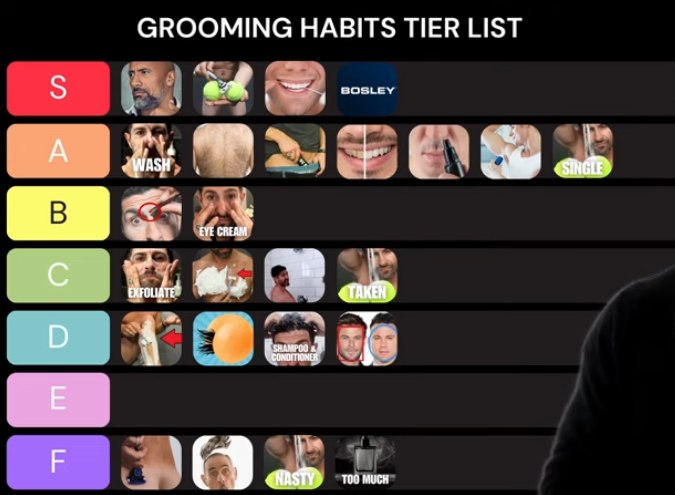Senior Haircare 101: Understanding the Specific Needs and Styles for Mature Individuals
As we age, our hair goes through many changes. From graying to thinning, keeping senior hair healthy and stylish can be a challenge. It is important to understand the specific needs and styles for mature individuals in order to maintain beautiful and healthy hair as we grow older.
Understanding the Specific Needs of Senior Hair
As we age, our hair goes through many changes. Here are some of the common issues that seniors may face with their hair:
Thinning Hair
One of the most common issues that seniors face with their hair is thinning. As we age, our hair follicles can become weaker, leading to a decrease in hair density. This can make the hair appear thin and limp, and can also lead to hair loss.
Graying Hair
Another common aspect of aging is the graying of hair. As we get older, our hair follicles produce less melanin, the pigment that gives our hair its color. This results in the hair turning gray or white.
Dryness and Brittle Hair
Aging can also lead to dry and brittle hair. This can be due to a decrease in the production of natural oils by the scalp, as well as other factors such as sun exposure and environmental damage.
Styles for Mature Individuals
Despite these common issues, there are many stylish and flattering haircuts for seniors. Here are a few styles that work well for mature individuals:
Short and Sassy
Shorter hairstyles can be very flattering for seniors. A chic pixie cut or a sleek bob can give a fresh and youthful look without requiring a lot of maintenance.
Soft Waves
For those with longer hair, soft waves can be a great option. This style adds a touch of glamour and can help to add volume and fullness to thinning hair.
Layered Cuts
Layered cuts can also be a great choice for seniors. Layers can add movement and texture to the hair, and can work well for both short and long hair.
Caring for Senior Hair
In order to keep senior hair looking its best, it is important to use the right products and to follow a good hair care routine. Here are a few tips for caring for senior hair:
Use Moisturizing Products
To combat dryness and brittleness, it is important to use moisturizing products. Look for shampoos and conditioners that are formulated for dry or aging hair, and consider using a leave-in conditioner or hair mask for added moisture.
Avoid Over-Processing
As hair becomes more fragile with age, it is important to avoid over-processing. This means avoiding excessive heat styling, harsh chemical treatments, and using gentle styling techniques to avoid breakage.
Regular Trims
Regular trims are also important for maintaining healthy hair. Trimming the hair every 6-8 weeks can help to remove split ends and keep the hair looking healthy and full.
FAQs
What are some natural remedies for thinning hair in seniors?
There are several natural remedies that may help to promote hair growth and thickness in seniors. These include using essential oils such as rosemary and peppermint, massaging the scalp to stimulate blood flow, and using aloe vera gel to moisturize the scalp.
Is there a specific hair care routine that is best for seniors?
While each individual’s hair care needs may vary, there are some general guidelines that can help seniors maintain healthy hair. This includes using moisturizing products, avoiding over-processing, and getting regular trims. It is also important to consult with a hairstylist or dermatologist to create a personalized hair care routine based on individual needs and hair type.
In conclusion, seniors require specific care and attention when it comes to their hair. Understanding the specific needs and styles for mature individuals is crucial for maintaining healthy and stylish hair as we age. By using the right products and following a good hair care routine, seniors can keep their hair looking its best for years to come.



